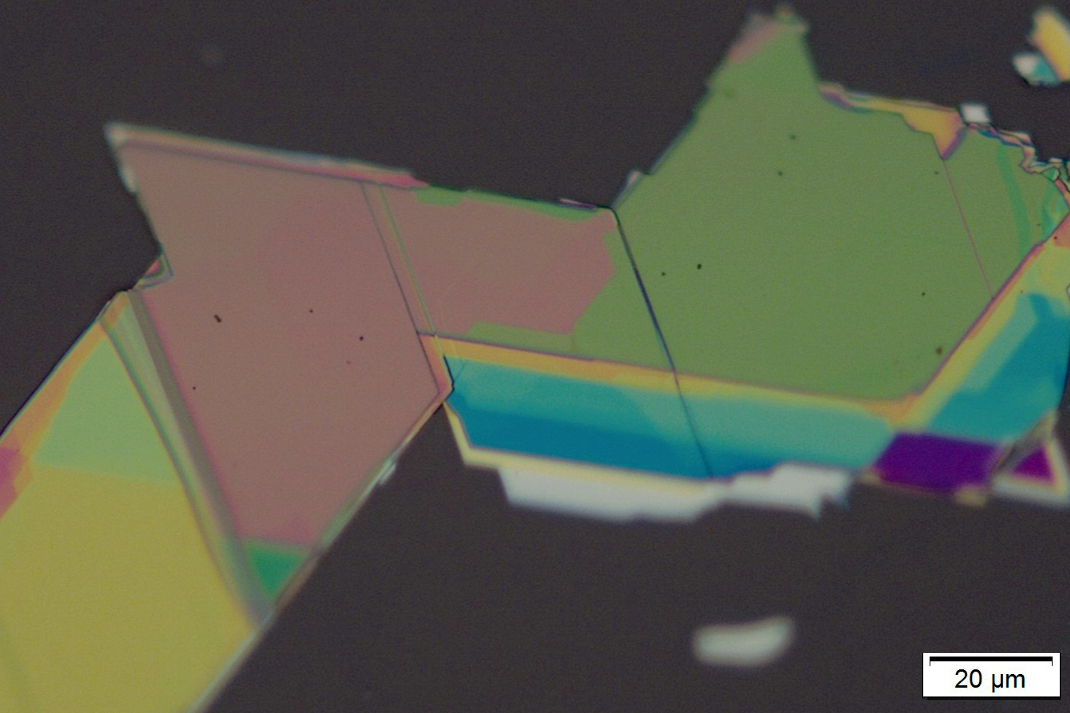Controlling light at the nanometer scale is essential for high-resolution imaging, biological sensors, and cell phones. However, having precise, efficient control over light remains a major challenge for the field of materials science and nanotechnology. Because light is an electromagnetic wave that carries no charge, it is difficult to manipulate with voltage or an external magnetic field, and using indirect ways to manipulate light at these scales is challenging because of how materials behave at atomically-thin states.
Now, a new study led by Deep Jariwala, assistant professor in Electrical and Systems Engineering in Penn’s School of Engineering and Applied Science, reports the discovery of a magnetic property in a specific class of materials that enables light manipulation on the nanoscale. Details of the magnetic properties of FePS3, an antiferromagnetic semiconductor, were recently published in Nature Photonics. This finding was the result of a collaboration with Liang Wu, assistant professor in the Department of Physics and Astronomy in the School of Arts & Sciences, Huiqin Zhang, a doctoral student in Jariwala’s lab, and Zhuoliang Ni, a doctoral student in Wu’s lab.
By connecting the magnetic and optical properties of antiferromagnetic nanomaterials, this research opens doors for engineering light for new applications such as information storage and energy harvesting. “This class of materials is much broader with many more combinations to explore, including finding ways to raise the magnetic transition temperatures,” adds Jariwala. “We are now looking to find and design ways to manipulate light inside these materials using multiple control knobs and see how strongly we can tune them in real devices.”
This story is by Melissa Pappas. Read more at Penn Engineering Today.


